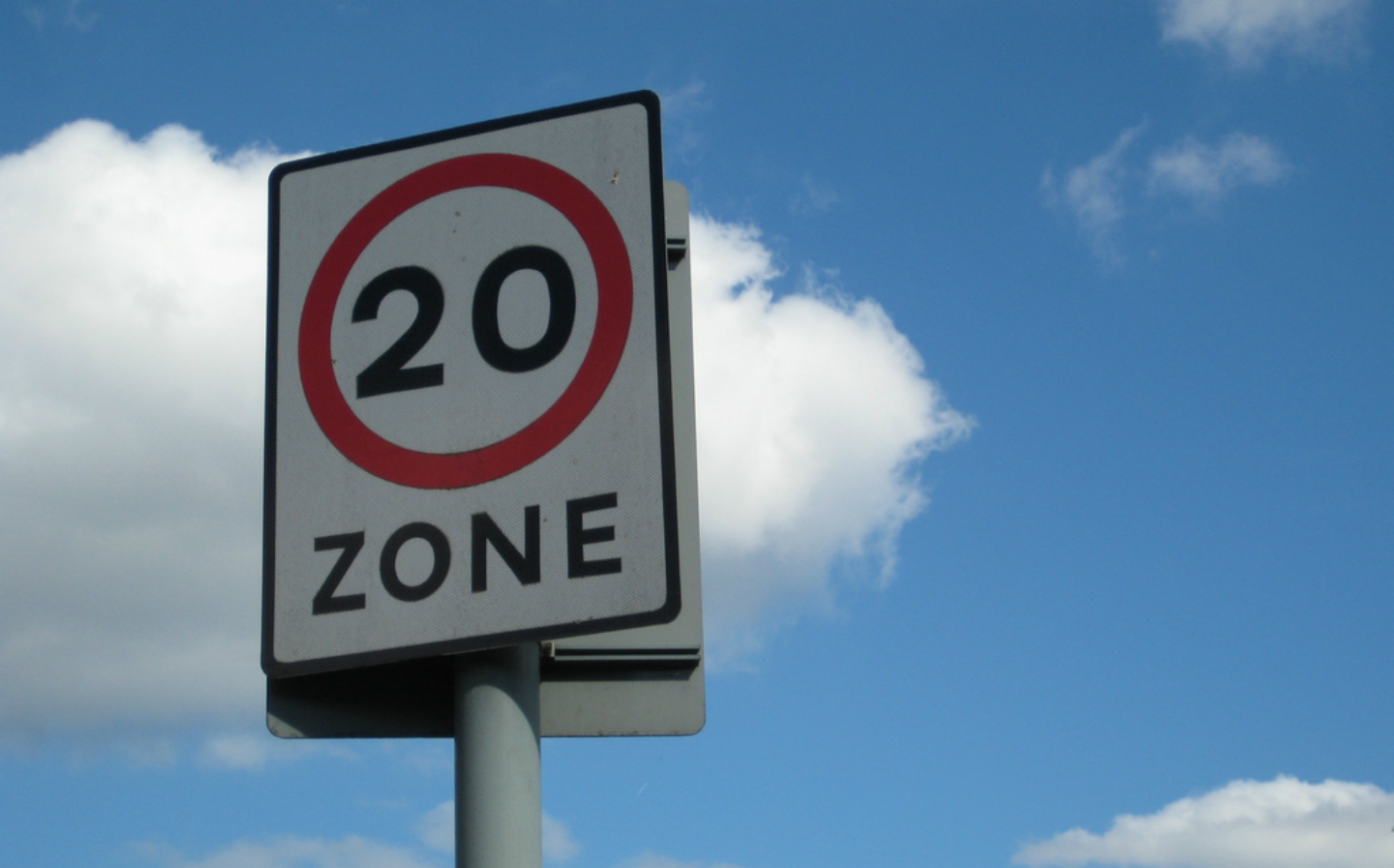Cut town speed limits from 30mph to 20mph say road safety campaigners
Though councils should be able to raise limit where appropriate
SEVERAL transport and travel charities have joined forces to lobby for a default 20mph speed limit in built-up areas across England.
The road safety coalition, which includes the Brake, RoadPeace and 20’s Plenty For Us organisations, have collectively called on the UK Government to lower the speed limit from 30mph in English villages, towns and cities.
Slowing down traffic in these places would make these roads safer for users like pedestrians and cyclists, and encourage people not to be so reliant on their cars, the coalition argues.
The appeal for a reduced speed limit was in part inspired by the Department for Transport’s recent Road Safety Action Plan, which the campaigners believe “largely overlooked” the benefits that slowing down traffic can have on road safety.
The group highlights the Welsh Government’s outline in May this year for 20mph speed limits in residential areas, and also calls attention to how authorities in major cities like London have committed to adopting the reduced speed restriction.
The campaigners claimed a mandatory 20mph speed limit would help reduce the number of casualties on the road, though said the lower limit should not necessarily be mandatory on every residential road in the country. Though “it makes more sense for 20mph to be the norm and higher limits the exception”, local authorities should have the final say.
Rod King, founder of the 20’s Plenty For Us charity, said: “The imminent arrival of new technology such as speed limiters on vehicles and Government policies encouraging more people to walk and cycle makes the speed limit we set all the more important. Moving to a default speed limit of 20mph is an essential building block in making our cities, towns and villages safer and more attractive places to walk, cycle and spend time outside.”
Department for Transport (DfT) research from November 2018 suggested the lower limits would need to be actively enforced to ensure motorists don’t simply ignore them; only 47% of drivers in residential areas and 65% in city centres were found to stick to the 20mph speed limit. Average vehicle speeds only fell by 0.7mph in residential areas and 0.9mph in the cities after 20mph signs were erected.
It concluded 20mph speed limits aren’t “self-enforcing” and require traffic calming measures such as speed bumps.
Provisional statistics for 2018 indicate the number of accidents on 20mph roads were 10% higher than they were in 2017, even though the number of reported accidents across Britain fell by 6% year-on-year. The DfT said the anomaly could be because the amount of roads limited to 20mph are “likely to have increased significantly in recent years”.
Tweet to @J_S_Allen Follow @J_S_Allen
More than four-fifths of drivers can’t stick to a 20mph speed limit
20mph speed limit throughout London’s Congestion Charge Zone by 2020





